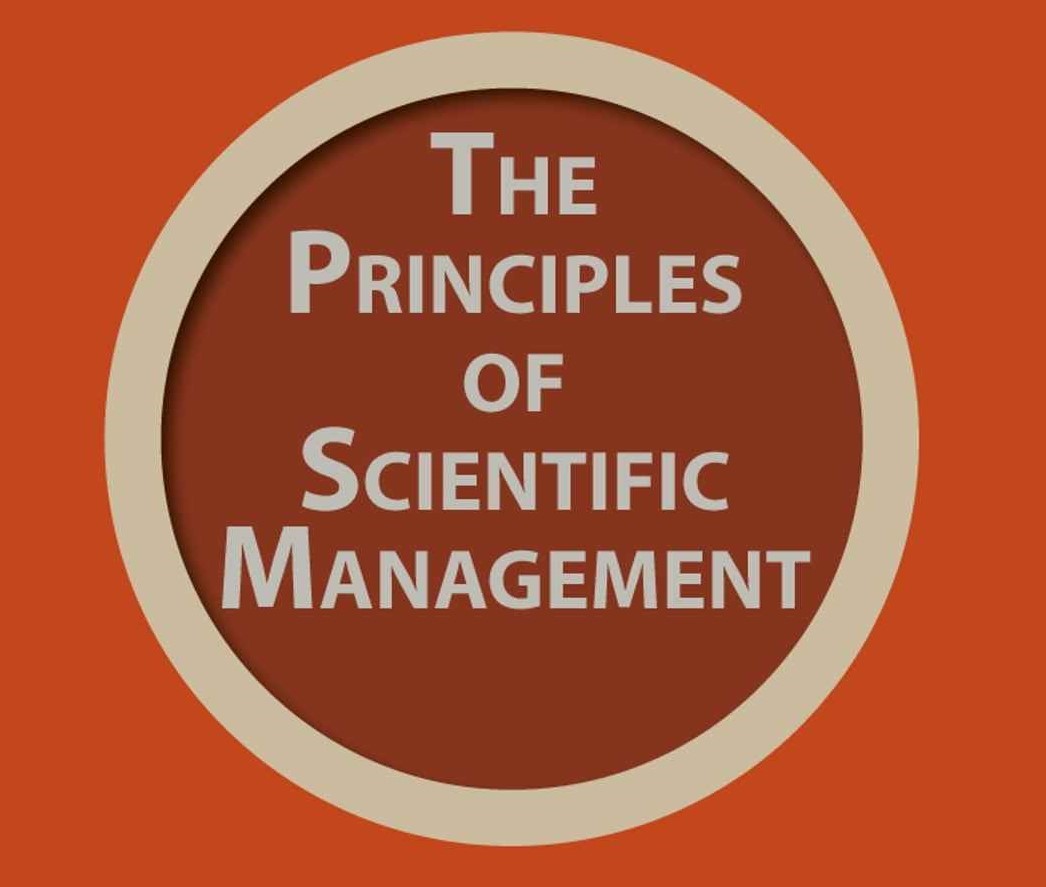16 Ocak 2017 4753 0 AGILE DEVELOPMENT Fonksiyon360
Alternative Agile methodologies (Scurm, XP, Kanban etc.) come to the forefront of the classical project approaches (waterfall, iterative, spiral etc.) in the IT project context where the competition stands out and the fast product and result are demanded. It should not be forgotten that as long as the project manager is an experienced project manager and a good project management methodology is required, It is equally important to have a good business analyst and business analytics approach to development methodology.
In project management, the business analyst is responsible for "ensuring that the right requirements are met and correct requirements are met throughout the project, ensuring that these requirements are fully and correctly transferred, and ensuring that the developed solution is tested with the right scenarios and delivered to the customer with minimal errors" .
This responsibility does not change in classical or hierarchical project management. It continues in the same way and with the same importance. As in all projects, business analysis activities are very important in agile projects (these activities are performed by the Product Owner). The right requirements for development, the stakeholders' agreement on these requirements, the need to prioritize and urgency of these requirements, and the use of a common jargon by everyone during these workshops can be achieved through full business analysis activities.
Due to the nature of the agile projects, all requirements and information about the requirements can not be revealed at the same time. This means that this information is gathered from relevant stakeholders over time. For this reason, business analysis activities are even more important in agile projects. It should not be forgotten that in agile projects development teams perform their work in a limited time frame. For this reason, accurate and necessary information with business analysis activities should be taken from the relevant stakeholders in the right detail at the right time and should be prioritized and reached to development teams. In the worst case, the development process of the agile progeny may not be able to continue at the necessary maturity.
At this point my mind might come up with the following question:
Are there any changes in job analysis techniques used in agile approaches?
There is no critical change in the techniques used. However, the speedy nature of agile management must be avoided from techniques that include slowing techniques, detailed descriptions.
In agile projects, business analyst should apply the business analysis techniques required for project development with this hat, assuming role of product analyst, product owner even if there is no role separation like the test.
Since the business analyst is in direct contact with the client, the acceptance criteria should be defined and the contribution of the project to achievement of the project using business analysis techniques should be established.
Business analysis activities are important in all project management methodologies. But in agile methodologies this is an even more important and more experienced implementation of these activities.










